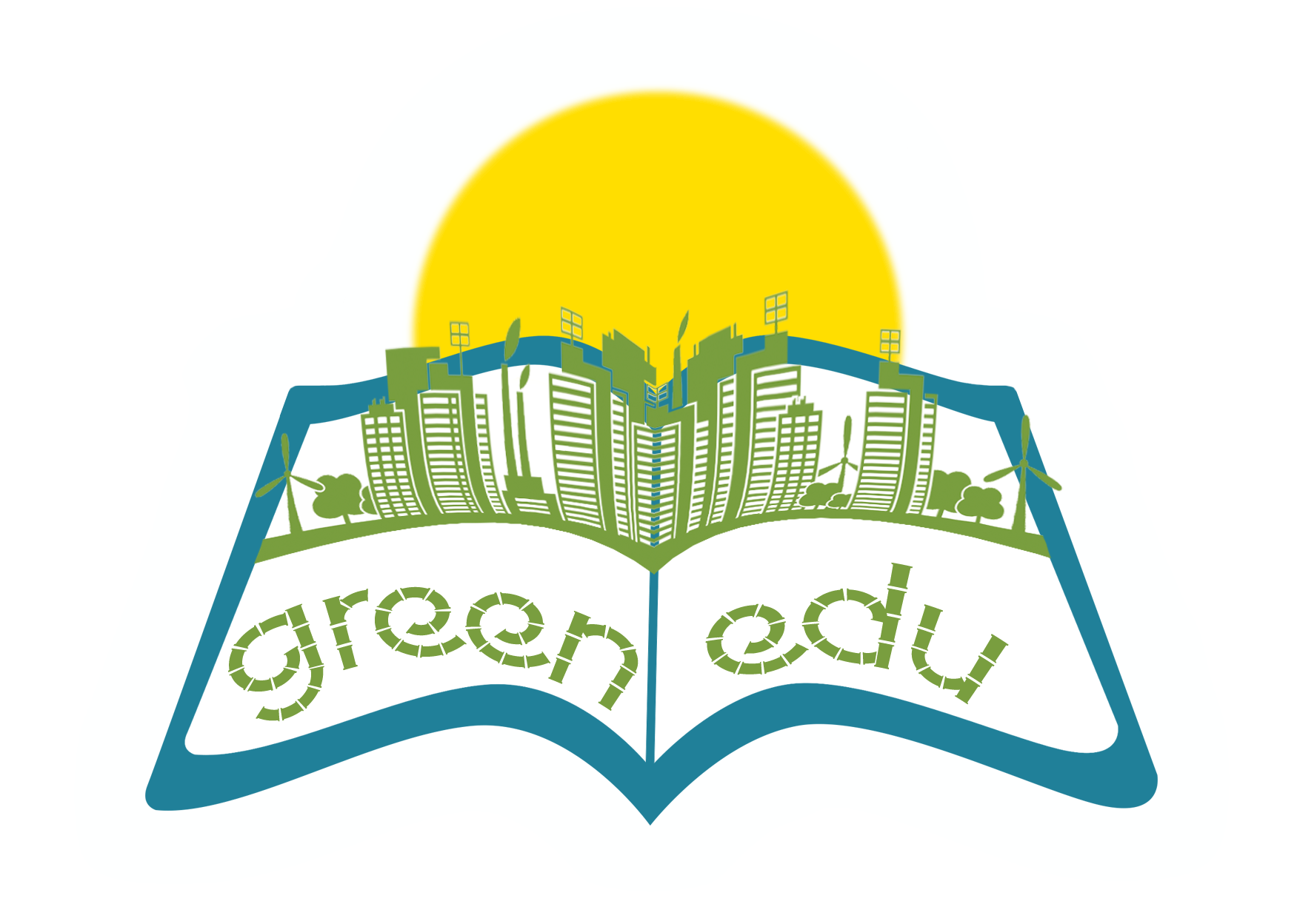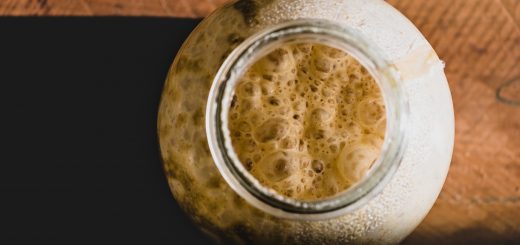Detect and Destroy Sound Pollution!

Summary
Sound pollution, also called noise, negatively affects the health of people and animals, especially hearing and mental health. The effect of disturbing, high intensity and irregular sounds caused by all kinds of people, animals or machinery is called sound pollution. Especially in fast growing cities, the convergence of residential and industrial areas, the increase in traffic density, and the fact that mechanical devices enter our daily lives increased the noise pollution.
The main physiological effects caused by sound pollution in the human body are: muscle strains, stress, increased blood pressure, altered heart rate and blood circulation, pupil growth, respiratory acceleration, circulatory disorders and sudden reflexes.
The main psychological effects of voice pollution are nervousness, fear, discomfort, anxiety, fatigue and a slowdown in mental effects. Suddenly increasing noise level can create fear in humans.
This plan aims to detect, define and solve sound pollution in our real life environments. Students try to make simple coding through WeDo 2 sets and produce solution(s). Then they are asked to market their products to motivate them to be an entrepreneur.
| Lesson plan summary | |
| Subject | Green Engineering and Robotics |
| Topic | Sound Pollution |
| Age of students | Primary 8-10 |
| Preparation time | 30 Minutes |
| Teaching time | 2*40 Minutes |
| Online teaching material (links for online material) | https://www.yesilaski.com/https://rec.org.tr/projeler/yesilkutu/ |
| Offline teaching material | WEDO-2 kitTABLET |
Aim of the lesson
By the end of this lesson students will:
- realize that sound pollution is a problem like other environmental problems and that solutions should be studied.
- make connections between loudness and sound pollution.
- learn to code according to the subject with Wedo 2 kit.
- produce and model STEM steps against a sound pollution they detect around them.
Activities
Describe here in detail all the activities during the lesson and the time they require. Remember, that your lesson plan needs to revolve around the topic of bioeconomy.
| Name of activity | Procedure | Time |
| Engage-1 | Students read the newspaper news titled ” Collecting Audio Devices of Mobile Vendors ”. What is the reason for this? The question and answer continues until the students reach the concept of noise. | 5 min |
| Explore-1 | Students are told about a problem scenario related to sound pollution. WeDo 2.0 kits are distributed to the students who has listened to the problem scenario and they are expected to create a coding suitable for the problem scenario described. For example, while WeDo remains unresponsive until the volume reaches 9, WeDo will make an exclamation sound by bringing an exclamation point to the screen when the volume rises above 9. After this situation, the student will look for solutions by formulating the problem. | 10 min |
| Explain-1 | Students explain their solutions to the problem, their coding on WeDo, and how they formulate the problem. Feedbacks are given to the students to develop their codings and solutions. | 10 min |
| Elaborate-1 | Students are expected to obtain a more detailed formula with WeDo sets, as feedback is provided on the previous process. For example, while the sound level gives sea sound and sea view until it reaches 9, WeDo will make an exclamation sound by bringing an exclamation mark on the screen when the sound level rises above 9. Students start working to get a more advanced formula and share the new codes they create. | 15 min |
| Engage-2 | Since the previous lesson was studied with WeDo sets on sound pollution, it starts with a conversation about this situation. It is asked what this process brought them. Students share examples of noise they see around them. | 5 min |
| Explore-2 | Students are asked how they can find a solution to the sound pollution they see around them. They are asked to choose their own materials by giving materials of various insulating and conductive properties. Students are asked to create a product with the materials they choose. (As a restriction, the product put forward by students should not overflow when placed on A4 paper.) | 10 min |
| Explain-2 | Students explain the solution way they have found against the problem. They describe the products they have produced. They explain which materials they have used and why they have chosen these materials. The teacher gives feedback about the process and products. | 10 min |
| Elaborate-2 | In this section, students will try to market the product they have produced. Students can write, for example, advertising, poetry, newspaper articles about their products. And, as an entrepreneur, they will try to market their products by setting a price. | 15 min |
Assessment
Describe here the assessment method of the lesson, if any. For example, if you plan on assessing your students with a quiz, include here questions and answer options with color-coding the correct answers.
| 1 point | 2 points | 3 points | Total Score | |
| Produces a solution to the given problem. | The produced solution is understandable, but there are deficiencies. | The produced solution is understandable and clearly expressed. | The produced solution is understandable and supported by scientific information. | |
| Identifies problems similar to the given problem. | S/he understands and solves the given problem. | S/he understands and resolves the given problem and establishes relations with daily life. | S/he understands and resolves the given problem, empathizing by giving examples from daily life. | |
| Formulates the given problem. | S/he solves the given problem and uses at least 3 different blocks in WeDo coding. | S/he solves the given problem and uses at least 4 different blocks in WeDo coding. | S/he solves the given problem and uses at least 5 different blocks in WeDo coding. | |
| Develops a product related to the given problem. | The idea in the product is not understandable. | Some points in the idea of the product are not clear and need clarification. | The idea in the product is clear and easy to understand. | |
| It markets the produced product correctly. | S/he tries to market the product with at least one method. | S/he tries to market the product in at least two methods. | S/he tries to market the product in at least three methods. |





